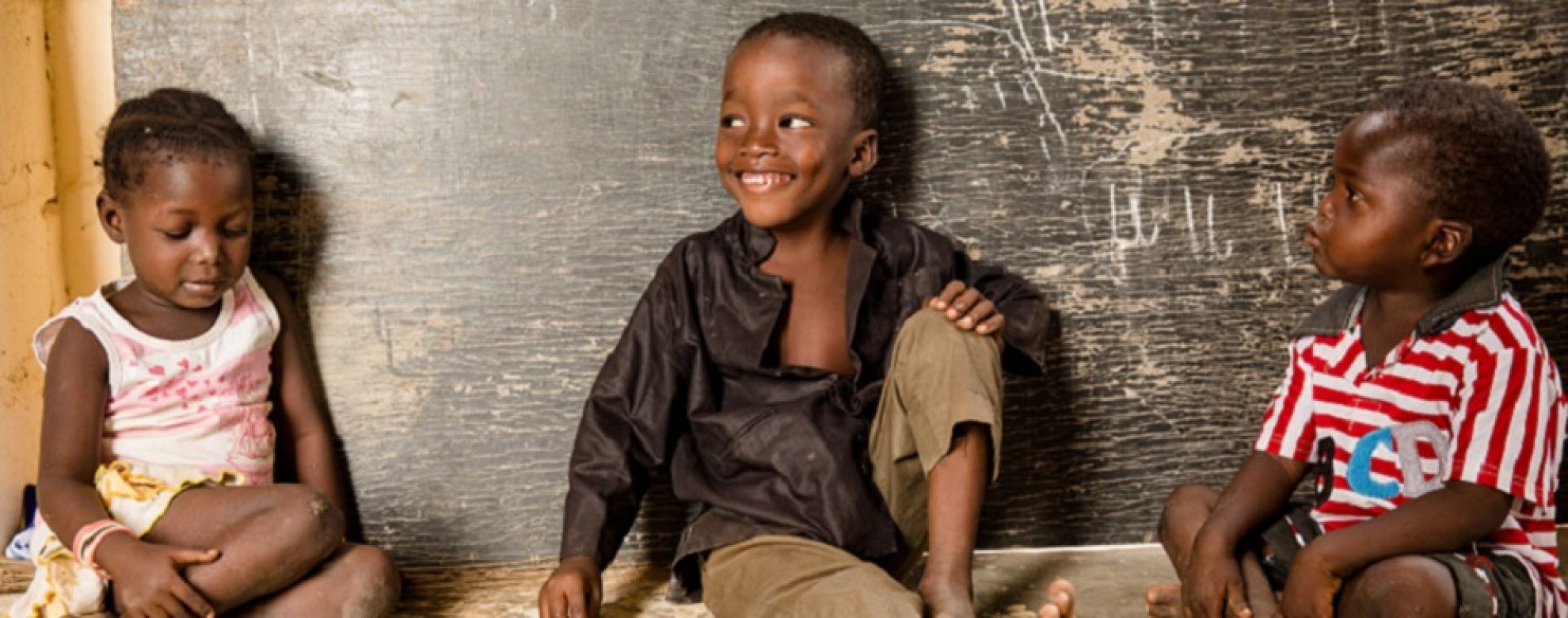
SMC Symposium at the 66th Annual American Society of Tropical Medicine and Hygiene
29 November 2017On the 7th of November, during the 66th Annual American Society of Tropical Medicine and Hygiene meeting in Baltimore, Maryland, over 200 people attended the symposium organized by ACCESS-SMC: “Tracking the impact of SMC: An Assessment of the impact and cost effectiveness of SMC in West and Central Africa.
Chaired by James Tibenderana, Malaria Consortium, and Paul J Milligan, London School of Tropical Medicine & Hygiene (LSTMH), the symposium presented results of the evaluation of ACCESS-SMC, discussing the impact of seasonal malaria chemoprevention (SMC) programs in reducing the malaria burden, the cost-effectiveness of SMC and model predictions of how the impact could be further increased by adapting the strategy to local epidemiological contexts.
Professor Jean-Louis Ndiaye, Université de Thiès, used national malaria surveillance data and survey results to show the performance and impact of SMC programs in the seven ACCESS-SMC countries. Overall coverage was high, with 75 percent of targeted children receiving at least three out of the four required treatments. Data show that malaria deaths in hospitals reduced significantly in three countries where analyses had been finalized. It was originally envisaged that SMC, limited to children under five years old, would not contribute to reducing the overall level of malaria transmission, but Professor Ndiaye also presented research from Senegal showing that when SMC programs include children up to 10 years of age, the intervention may reduce transmission significantly.
Matthew Cairns, LSHTM, presented data estimating that 40,000 deaths and 6.5 million cases of malaria were adverted through ACCESS-SMC in 2015 and 2016, and David Collins, from Management Sciences for Health, provided evidence on cost drivers, cost and cost-effectiveness of SMC. New data confirmed that SMC is relative inexpensive, particularly when coverage is high, with the estimated average recurrent cost to treat a child for four months during the rainy reason being under US$ 4 USD.
Beyond ACCESS-SMC, a presentation from the Cameroon National Malaria Control Program (NMCP) showed how SMC was administered for the first time in 2016 in the northern part of the country. An estimated 1.4 million children were reached, which covered 100 percent of the children eligible for SMC in the targeted area and 40 percent of all eligible children in Cameroon. Dorothy Fosah Achu, NMCP Cameroon described the implementation process and the approaches used to monitor the impact of the intervention, as well as plans for sustaining the program.
James Tibenderana closed the symposium highlighting the effectiveness of SMC. “The presentation from Cameroon corroborates the findings from the [ACCESS-SMC] project. It demonstrates that national programmes can lead and effectively deliver SMC at scale. Much was achieved and some impact will be sustained, but we cannot be complacent because we urgently need to use SMC to protect all those [34 million] children who could benefit from SMC.” The symposium was well received, and more nuanced results are expected to be disseminated in 2018 as ACCESS-SMC draws to a close. Eleven countries now have SMC programs, which reached over 12 million children in 2016 and nearly 15 million in 2017. There is still an estimated gap of 12 to 18 million children though who could benefit from SMC, but are not currently included in SMC programmes. It is urgent to close this gap and maximize the impact of this is inexpensive, safe and effective intervention.
Click here to see Cameroon’s presentation from the symposium.
Click here to see SMC at scale- saving lives.
Country: Burkina Faso | Mali | Chad | Niger | Nigeria
Keywords: Maternal, neonatal and child health
Latest news
- Malaria Consortium honoured by Ugandan government for contribution to combat malaria23rd April 2024
- International summit calls for AMR accountability in public health interventions21st March 2024
- Global SMC community celebrates new milestone at SMC Alliance Annual Meeting in Nigeria6th March 2024
- Scaling up key interventions could halve pneumonia-related childhood mortality13th February 2024
- Malaria Consortium and eGov Foundation join Mozambique’s national malaria programme to digitalise seasonal malaria chemoprevention campaigns8th February 2024
- World’s first malaria vaccine rollout launched in Cameroon22nd January 2024